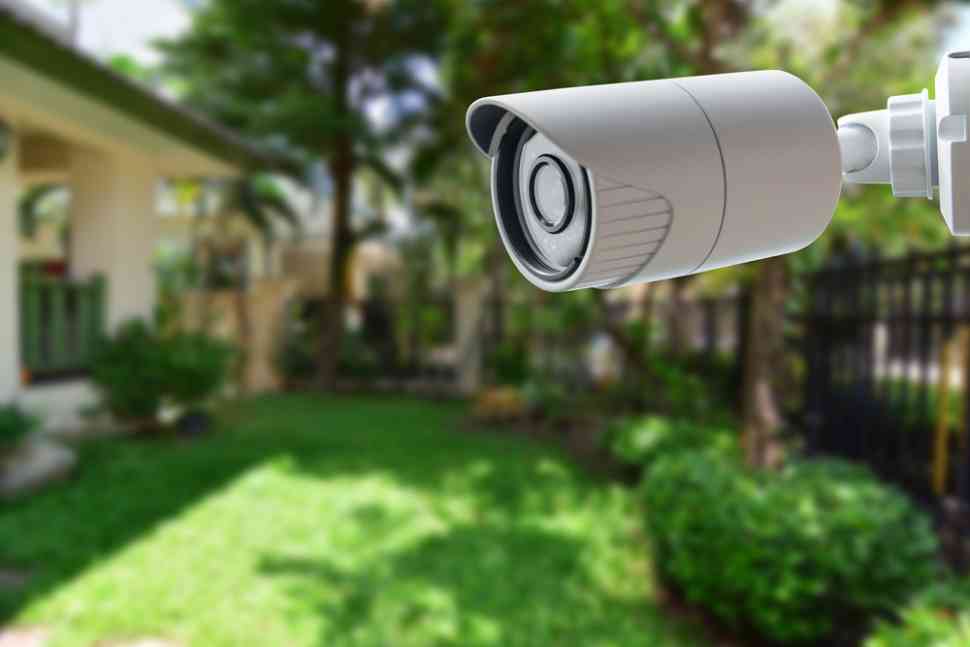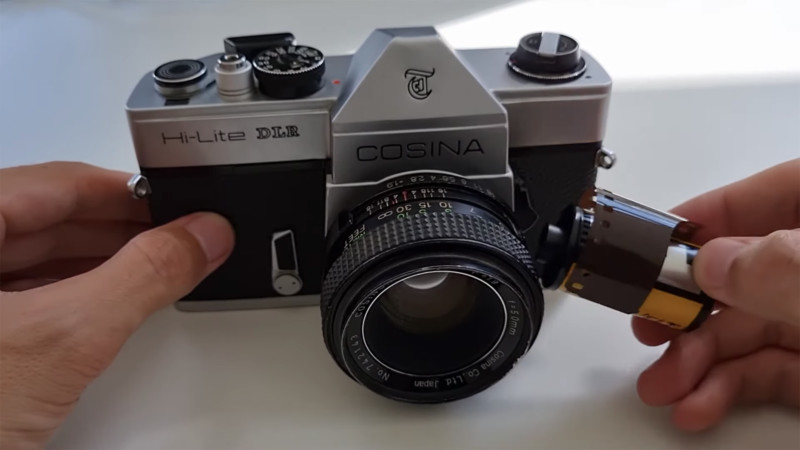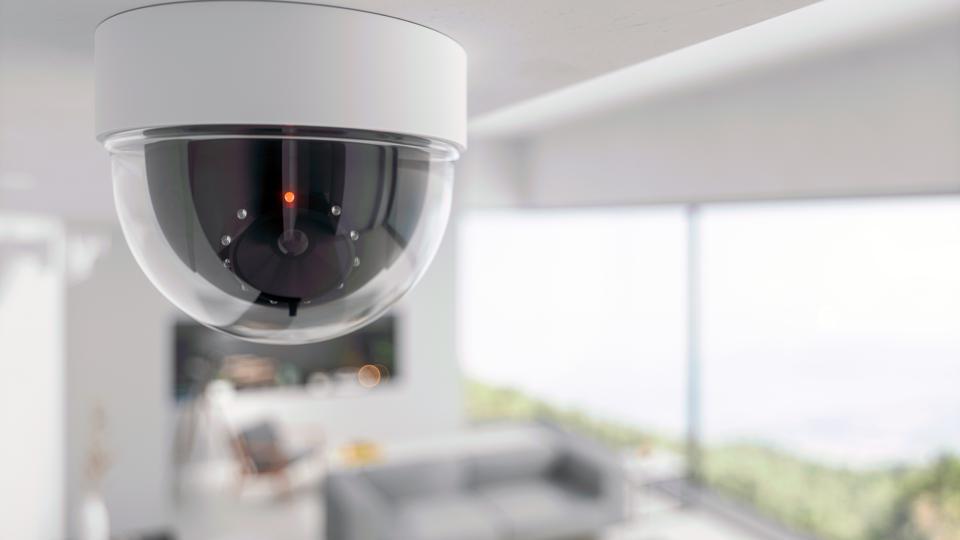Understanding Surveillance Systems and their Component Hardware

If you are looking for cost-effective and efficient Surveillance systems and don’t know how to navigate the market, read this blog. It is going to help you steer the tech world with ease and confidence.
Table of Content
Surveillance Systems:
Surveillance Systems, Video Surveillance Systems, and CCTV cameras are some names of the same hardware infrastructure that has become strategically important for both private and public sector organizations. A surveillance System usually consists of cameras, monitors/display units, and recorders. The footage recorded can be viewed live by security guards or it can be viewed remotely via mobile, tablets, or display units by IP cameras. The footage can also be recorded by DVR (Digital Video Recorder) or NVR (Network Video Recorder) so that it can be viewed later for various purposes.
Applications of Surveillance Systems:
Video Surveillance System is fast becoming a necessity. They can be deployed for remote video monitoring, facility protection, monitoring operations, vandalism deterrence, employee safety, public safety, traffic monitoring, crime prevention, and criminal recognition. They are very easy to install and deploy. CCTV cameras have a closed system, in other words, no one can access content without authorization which makes them extremely helpful for preventing theft and burglary, ensuring safety compliance, preventing suspicious intrusion, and identifying dishonest employees.
Technological development has led to the emergence of more intelligence and effective surveillance systems, for instance, there are now cameras in the market that can provide many computer-like functions such as motion sensing, remote viewing, and notification on mobile. And it has also caused the development of efficient and effective recording and storage solutions that be availed at affordable prices. Hence, it is very important to understand the different types of video surveillance systems and which one should be selected for your business or public sector department
Types of Surveillance Cameras:
Though cameras available in the market are of different designs and specifications, there are mainly two categories of cameras available for surveillance systems: analog and digital.
1-Analog Cameras: :
Analog cameras are traditional cameras that record footage in a video recorder and send them to Digital Video Recorder(DVR) through coaxial cable. They require separate wired connections and coaxial hook-ups for each camera. There are multiple advantages and disadvantages of analog cameras:

- Analog cameras are significantly cheaper than IP cameras and are available in a wide variety of designs that can be filtered to find the most appropriate solution for businesses at a reasonable price; .
- Secondly, their familiarity is added advantage. They are easily recognizable and one can find very easily the vendors and installers. That makes installation and maintenance very cost-effective.
But analog cameras suffer as well from many drawbacks:
- Analog cameras don’t have very optimal image quality. The lower frame rate makes it harder to view footage in detail or when the subject is in motion;
- DVR-based technology requires cabling that can be messy affairs because it requires coaxial cables, PTZ control wires, audio wires, and power cables.
- The cameras must be located as near to DVR as possible which is another drawback;
- Analog cameras have a very limited range of vision. So much so that 3 to 4 analog cameras are required to cover the same space that can be covered by one IP camera
- They don’t provide encryption which creates serious issues of data integrity and security.
Due to these drawbacks, analog cameras are being replaced with IP cameras. But they are still appropriate for smaller businesses and home-based applications.
2-IP or Digital Cameras:
Internet Protocol or Digital Cameras have become highly sought-after due to their cutting-edge features. They use an IT network instead of cabling to send information/data. IP cameras are connected to broadcasting modems or routers through wired network connections like Ethernet or wirelessly through Wi-Fi routers. In comparison with Analog cameras, they provide multiple advantages:

- IP cameras provide much better resolution due to their progressive scanning and megapixel sensor. Hence, footage can be viewed in greater detail without distortion. They can support stunning 1 to 5-megapixel resolution as compared to grainy 0.5-megapixel analog footage.
- They rely upon Power over Ethernet(PoE) switches for connection with Networking Video Recorder. PoE connection makes sure that IP cameras use one cable for both data transmission and power. You can thus save up to 50% of the cost in comparison with Analog cameras;
- IP cameras provide a broader range of vision and are equipped with additional features as well like motion-triggered auto-recoding, object recognition, and other smart options;
- They are more intelligent than Analog cameras. They have powerful video analytical capabilities like setting off an alarm when something disappears, counting persons, responding to smoke or fire, and flagging unwanted individuals on the premises. IP cameras can also provide mobile notification and automatic recording when there is any movement within their range of vision
- They have much better encryption which ensures better data protection;
- IP cameras are flexible and convenient in terms of installation and maintenance;
- They can support Wi-Fi connectivity, so it becomes easy for feeding remotely;
- They are compatible with NVR which is a better recording tool than DVR. NVR records better video footage (1080p) and provides easy scalability.
Choosing the right modem which is best suited to your requirements is a tricky job, a few tricks are given below that make purchasing a standalone modem budget-friendly and provide a big boost to your business.
- There are multiple versions of modems in the market like DOCSIS 3.0 AND DOCSIS 3.1. The difference in the model can impact the internet speed you will have for viewing web pages, watching movies, and live-streaming social media. A thumb rule, if ISP is providing you 1GB or above speed, you should switch to DOCSIS3.1 or if it does not, you should go for DOCSIS 3.0 as it is cheaper and readily available.
- ISP compatibility is another concern that should deal it seriously. Make sure that your modem is compatible with the internet service that your ISP provides.
- Compatibility between routers and modems also deserves your attention.
There are some downsides as well. For examples:
- They are hackable because they provide a larger attack surface due to various portals and technologies used in IP cameras like VPN, gateways, multiple servers, Wi-Fi, access points, and more. They are vulnerable particularly to DDOS (Distributed Denial of Attacks) cyber-attacks.
- IP Cameras are significantly expensive. In addition, they require more storage space as well as skilled human resources. So, IP cameras have a steep upfront price.
3-IP Cameras vs Analog Camera: Which one is Better?
It depends upon your requirement. As a thumb rule, if you are going to install a surveillance system for a home or a small office or premises, analog cameras with DVR would be sufficient. But if your workspace is quite large demanding scores of cameras to perform multiple tasking like remote video monitoring, facility protection, monitoring operations, etc., you must go for IP cameras. Particularly, if you are planning to install a CCTV system for large enterprises, education, transportation, government departments, retail, hospitals, city-wide surveillance, and monitoring for crime control and prevention.
4-Factors That Determine the Right Surveillance Solution for Your Businesses:
The market is flooded with various surveillance systems and sometimes, it becomes a tedious job to select the right one because any wrong decision can have serious repercussions. You should bear in mind the following factors before taking final decisions:
Models of Cameras:
- Depending upon the location and intended use of cameras, you can find a wide range of models or specialized cameras. For instance, Bullet cameras are used for outdoor surveillance; Dome cameras can be installed to pre-empt vandalism; discrete cameras are hard to find; High definition cameras can provide exceptionally higher resolution. These specialized forms of surveillance cameras are available for both IP and analog categories that can best accommodate your requirements.
Light
- Some security cameras are designed in such a manner that they can better capture an image in a dark. The Low Light Infrared(IR) feature in surveillance cameras helps them perform better during the night. So, if you intend to capture footage in the darkness for whatever reasons, your camera must have a large number of IR LEDs.
Storage
- The importance of storage is self-evident. The number of cameras installed, their resolutions, the duration during which you want to keep footage, and the video recorder (NVR eats more storage space than DVR) are some factors that should be taken into consideration before calculating storage requirements. There are many online tools that can calculate your storage requirement. For example, if you need 16 cameras with 24 frames per second and 640×480 resolution and you want to store footage for 2 days for running a medium-sized enterprise, you will have to purchase 3.7 TB storage space for optimum functioning of your surveillance system. But maintain a bit more space than the calculated amount of storage for any kind of eventuality. There is also the option of Cloud Storage which is affordable and provides backup as well. You can avail this option as well by paying storage service providers with a monthly subscription fee.
Other Factors:
- The resolution, outdoor/indoor requirements, video recorders, and compatibility of cameras are also important factors that should be given due importance before finalizing the surveillance system for your corporation.
Who We Are:
Morgan Inland Ltd. deals in all kinds of surveillance systems. Whether IP or analog or specialized security cameras including but not restricted to bullet cameras, dome cameras, PTZ cameras, Infrared/thermal cameras, etc., we pride ourselves in offering a full portfolio of surveillance solutions. Morgan Inland Ltd. also delivers high-end accessories and storage & backup IT infrastructure to provide you with a one-window solution design to cater to your distinct business requirements.